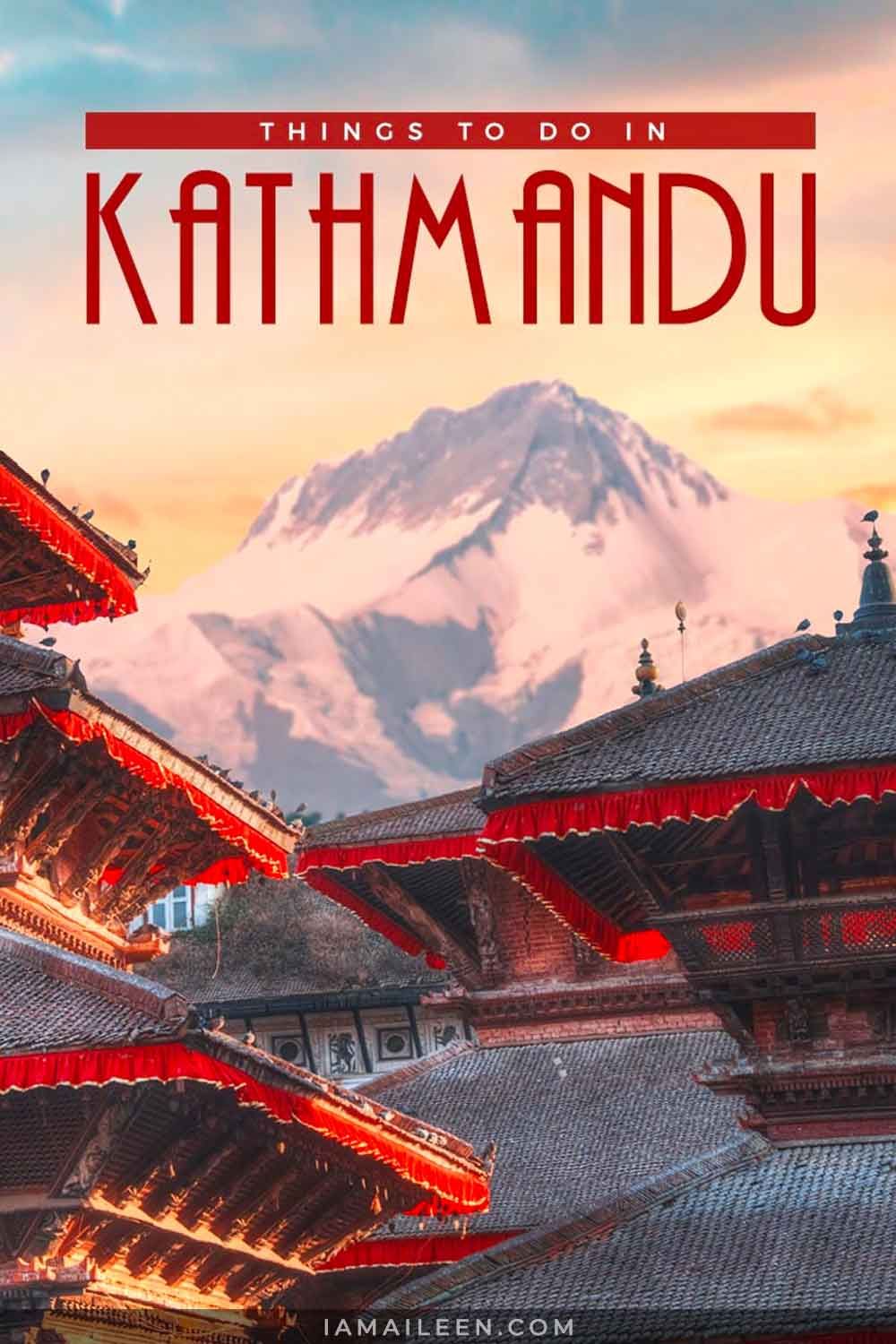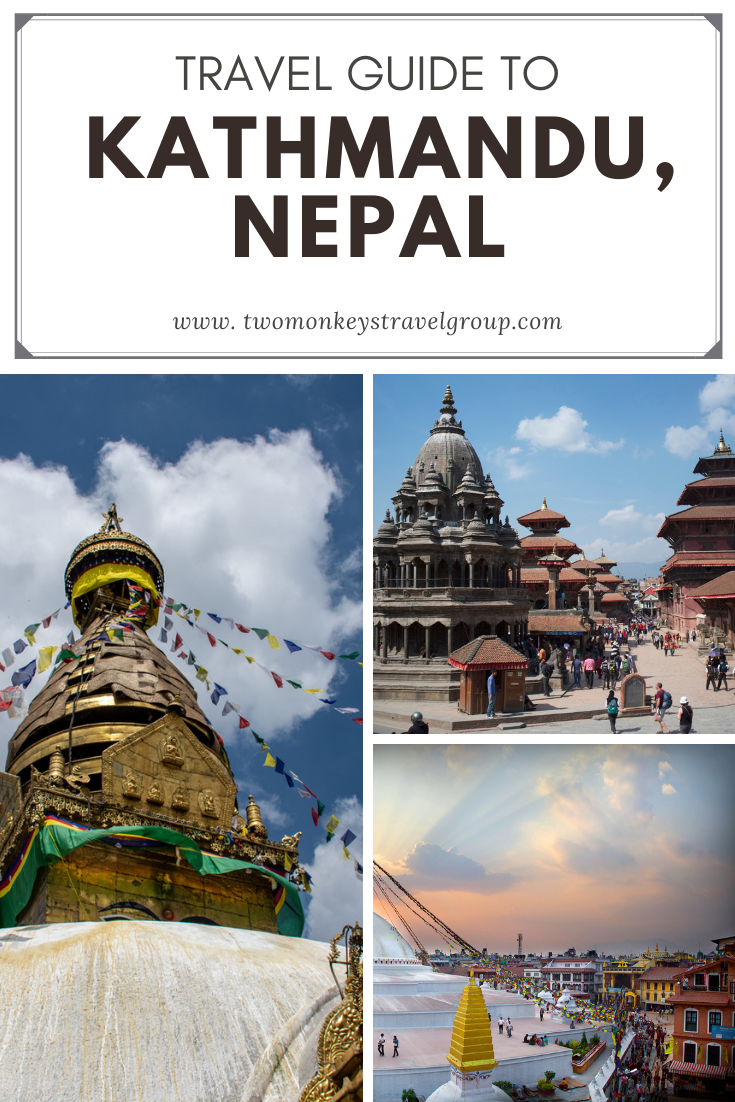
Kathmandu, the capital city of Nepal, is a sensory explosion. A chaotic yet captivating tapestry of ancient temples, bustling markets, aromatic spices, and the majestic Himalayas as its backdrop. It’s a city that both overwhelms and enthralls, offering a profound glimpse into a rich cultural heritage that has thrived for centuries. This travel guide will navigate you through the historical depths, architectural wonders, and everyday vibrancy of Kathmandu, ensuring an unforgettable journey.
A City Steeped in History:
Kathmandu Valley, where the city sits, boasts a history dating back over 2,000 years. Legend attributes its founding to Manjushree, a Buddhist saint who drained a primordial lake to create the fertile land. Historically known as Kantipur, Kathmandu’s strategic location along ancient trade routes between India and Tibet fueled its growth as a cultural and economic hub.
Related Articles about Kathmandu: A Journey Through Ancient History and Vibrant Culture:
- Manila’s Grand Dames and Modern Marvels: A Journey Through the City’s Top Hotels
- Finland: A Traveler’s Guide to the Land of a Thousand Lakes and Endless Wonders
- Qatar: A Jewel of the Arabian Peninsula – Your Ultimate Guide to Unforgettable Experiences
- Echoes of Antiquity and Azure Dreams: Your Ultimate Guide to the Top Things to Do in Greece
- Sweden: A Journey Through the Land of Midnight Sun and Northern Lights
The Lichchhavi dynasty (4th to 9th centuries) laid the foundation for Kathmandu’s artistic and religious traditions. The Malla dynasty (12th to 18th centuries) ushered in a golden age, transforming the city into a center of art, architecture, and Newari culture. Their reign saw the construction of iconic temples, intricate palaces, and the flourishing of traditional crafts. The Shah dynasty, starting in the 18th century, unified Nepal and further shaped Kathmandu’s political and cultural landscape.
The devastating earthquake of 2015 left a lasting scar, but the city’s spirit remains unbroken. Reconstruction efforts are ongoing, and the resilience of its people is a testament to their deep connection to their heritage.
Must-See Attractions: A Tapestry of Sacred Spaces and Historical Sites:
Kathmandu is brimming with historical sites and religious landmarks, each offering a unique perspective on the city’s rich past. Here are some of the most captivating attractions:
-
Durbar Square (Kathmandu, Patan, and Bhaktapur): These three ancient royal squares, collectively recognized as a UNESCO World Heritage site, showcase exquisite Newari architecture. Kathmandu Durbar Square, though significantly damaged in the earthquake, still houses the Taleju Temple (only accessible to Hindus), the Hanuman Dhoka Palace, and the Kumari Bahal, home to the living goddess Kumari. Patan Durbar Square, known for its intricate carvings and serene atmosphere, features the Krishna Mandir, a stunning stone temple dedicated to Lord Krishna. Bhaktapur Durbar Square, the largest and best-preserved of the three, boasts the Nyatapola Temple, a five-tiered pagoda considered the tallest temple in Nepal, and the Golden Gate, an ornate entrance to the palace.
-
Swayambhunath Stupa (Monkey Temple): Perched atop a hill overlooking the Kathmandu Valley, Swayambhunath is one of the oldest and holiest Buddhist sites in Nepal. Its iconic white dome, topped with a gilded spire and the watchful eyes of Buddha, is a symbol of the city. The surrounding complex is filled with smaller shrines, prayer wheels, and resident monkeys, making it a vibrant and spiritual experience.
-
Boudhanath Stupa: This massive mandala-shaped stupa is one of the largest spherical stupas in Nepal and a significant pilgrimage site for Tibetan Buddhists. The surrounding area is a bustling hub of Tibetan culture, with monasteries, shops selling Tibetan handicrafts, and restaurants serving authentic Tibetan cuisine. Circumambulating the stupa while spinning prayer wheels is a common and deeply spiritual practice.
-
Pashupatinath Temple: Located on the banks of the sacred Bagmati River, Pashupatinath is one of the most important Hindu temples in the world, dedicated to Lord Shiva. While non-Hindus are not allowed to enter the main temple complex, they can observe the cremation ceremonies that take place on the ghats along the river, offering a profound glimpse into Hindu beliefs about life and death.
-
Thamel: This vibrant tourist hub is a maze of narrow streets packed with guesthouses, restaurants, shops selling trekking gear, souvenirs, and handicrafts. While it can be overwhelming, Thamel is a convenient base for exploring Kathmandu and offers a wide range of dining and shopping options.
-
Garden of Dreams: This neo-classical historical garden, built in the 1920s, offers a tranquil escape from the hustle and bustle of the city. With its European-style pavilions, ponds, and meticulously manicured lawns, it’s a perfect place to relax and unwind.
-
Changu Narayan Temple: Located on a hilltop overlooking the valley, Changu Narayan is one of the oldest Hindu temples in Nepal, dating back to the 4th century. It is renowned for its exquisite stone carvings and its peaceful atmosphere.
Travel Tips for a Smooth Journey:
-
Visa: A visa is required for most nationalities to enter Nepal. You can obtain a visa on arrival at Tribhuvan International Airport in Kathmandu or apply in advance through a Nepalese embassy or consulate.
-
Currency: The Nepalese Rupee (NPR) is the local currency. ATMs are widely available in Kathmandu, particularly in Thamel. Credit cards are accepted in some larger establishments, but it’s wise to carry cash for smaller shops and restaurants.
-
Language: Nepali is the official language. English is widely spoken in tourist areas. Learning a few basic Nepali phrases will be appreciated by locals.
-
Respectful Attire: Dress modestly, especially when visiting religious sites. Remove your shoes before entering temples and stupas.
-
Bargaining: Bargaining is common in markets and tourist shops. Be polite and respectful while negotiating prices.
-
Altitude: Kathmandu sits at an altitude of 1,400 meters (4,600 feet). Take it easy on your first day and stay hydrated to avoid altitude sickness.
-
Pollution: Air pollution can be a concern in Kathmandu, particularly during the dry season. Consider wearing a mask, especially if you have respiratory issues.
-
Earthquake Safety: Be aware of earthquake safety procedures. Familiarize yourself with evacuation routes in your hotel and be prepared for aftershocks.
-
Stay Hydrated: Drink plenty of bottled water to avoid dehydration.
-
Be Aware of Scams: Be cautious of scams targeting tourists. Don’t accept unsolicited offers from strangers.
Best Time to Visit:
The best time to visit Kathmandu is during the spring (March-May) and autumn (September-November) seasons. The weather is pleasant, with clear skies and comfortable temperatures, ideal for sightseeing and trekking. Monsoon season (June-August) brings heavy rainfall, which can disrupt travel plans. Winter (December-February) can be cold, especially at night, but the skies are often clear, offering stunning views of the Himalayas.
Nearby Hotels: From Budget-Friendly to Luxurious Retreats:
Kathmandu offers a wide range of accommodation options to suit all budgets and preferences.
-
Budget: Guesthouses in Thamel offer basic but clean and affordable rooms.
-
Mid-Range: Hotels in Thamel, Lazimpat, and Boudha provide comfortable rooms with amenities like Wi-Fi, air conditioning, and breakfast included.
-
Luxury: Five-star hotels like the Hyatt Regency Kathmandu, Hotel Yak & Yeti, and Dwarika’s Hotel offer luxurious accommodations, excellent dining options, and spa facilities.
Local Food: A Culinary Adventure:
Kathmandu’s culinary scene is a delightful blend of Nepali, Tibetan, and Indian flavors. Be sure to try these local specialties:
-
Dal Bhat: The staple Nepali meal, consisting of lentil soup (dal), rice (bhat), vegetables, and often a meat curry.
-
Momo: Steamed or fried dumplings filled with meat or vegetables, served with a spicy dipping sauce.
-
Thukpa: A hearty noodle soup with meat or vegetables, a popular Tibetan dish.
-
Newari Cuisine: Sample traditional Newari dishes like Yomari (sweet rice cake), Bara (lentil pancake), and Chatamari (rice flour crepe).
-
Sel Roti: A sweet, ring-shaped rice flour bread, often eaten during festivals.
-
Lassi: A refreshing yogurt-based drink, available in sweet or savory flavors.
-
Raksi: A strong, locally distilled alcoholic beverage.
Transportation Options:
-
Taxi: Taxis are readily available in Kathmandu, but be sure to negotiate the fare before getting in.
-
Bus: Local buses are a cheap but crowded way to get around.
-
Microbus: Microbuses are a slightly more comfortable alternative to local buses.
-
Tempo: Three-wheeled electric vehicles, also known as "tuk-tuks," are a fun and eco-friendly way to travel short distances.
-
Rental Car: Renting a car is possible, but driving in Kathmandu can be challenging due to traffic congestion and narrow roads.
-
Walking: Exploring the narrow streets of Kathmandu on foot is a great way to soak in the atmosphere and discover hidden gems.
Beyond Kathmandu: Exploring the Valley:
Kathmandu Valley is a treasure trove of historical and cultural sites beyond the city limits. Consider taking day trips to:
-
Patan: Known for its artistic heritage and Durbar Square.
-
Bhaktapur: The best-preserved of the three ancient cities, with its stunning Durbar Square and traditional pottery.
-
Nagarkot: A hilltop village offering breathtaking panoramic views of the Himalayas, especially at sunrise and sunset.
-
Dhulikhel: Another scenic hilltop town with stunning mountain views.
-
Namobuddha: A significant Buddhist pilgrimage site with a peaceful monastery.
Conclusion:
Kathmandu is more than just a city; it’s an experience. It’s a place where ancient traditions meet modern life, where spirituality permeates the air, and where the majestic Himalayas loom large on the horizon. Prepare to be captivated by its vibrant culture, its stunning architecture, and the warmth of its people. Embrace the chaos, immerse yourself in the history, and allow Kathmandu to leave an indelible mark on your soul. Your journey through this enchanting city will be a memory to cherish for a lifetime.








